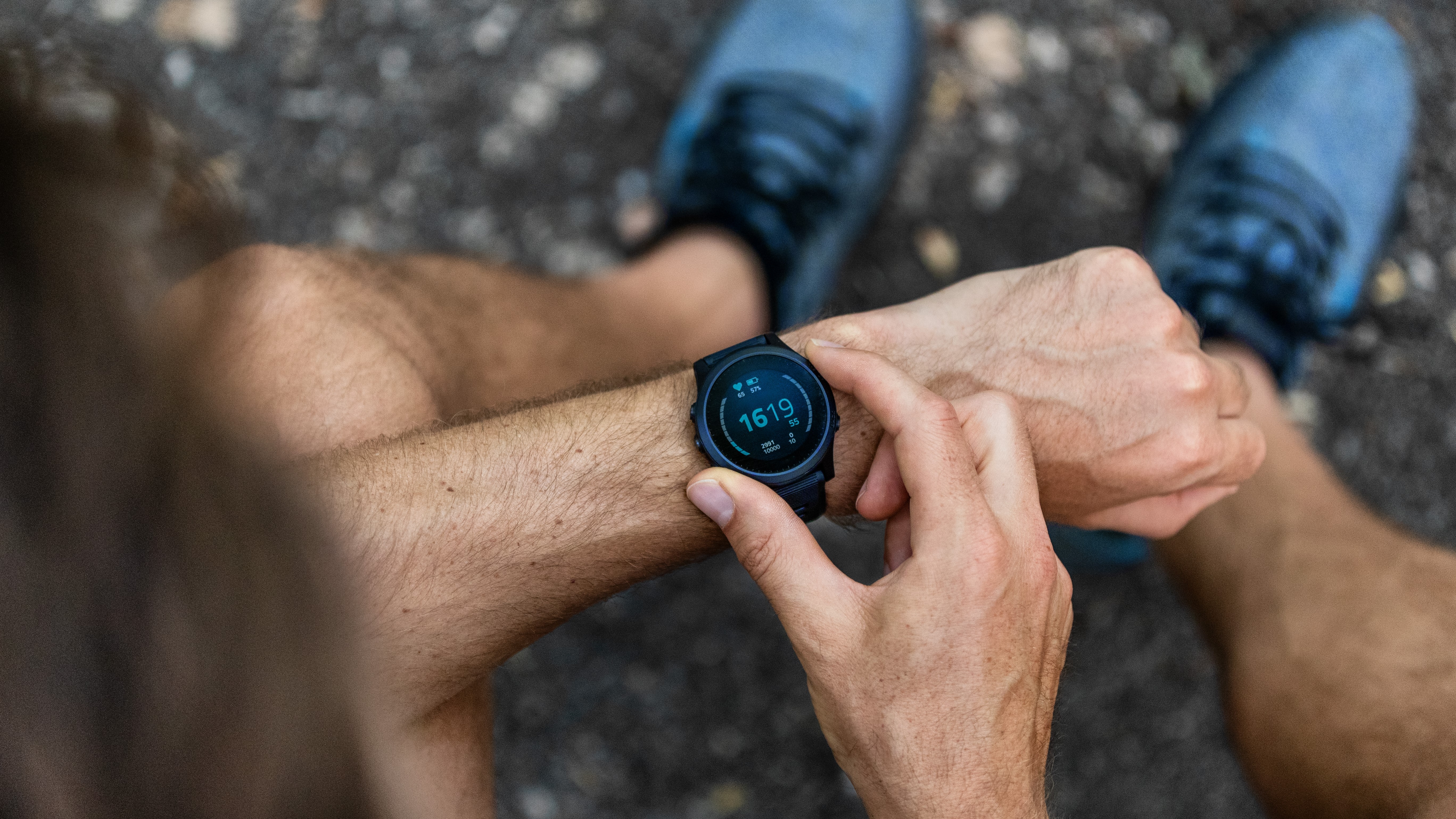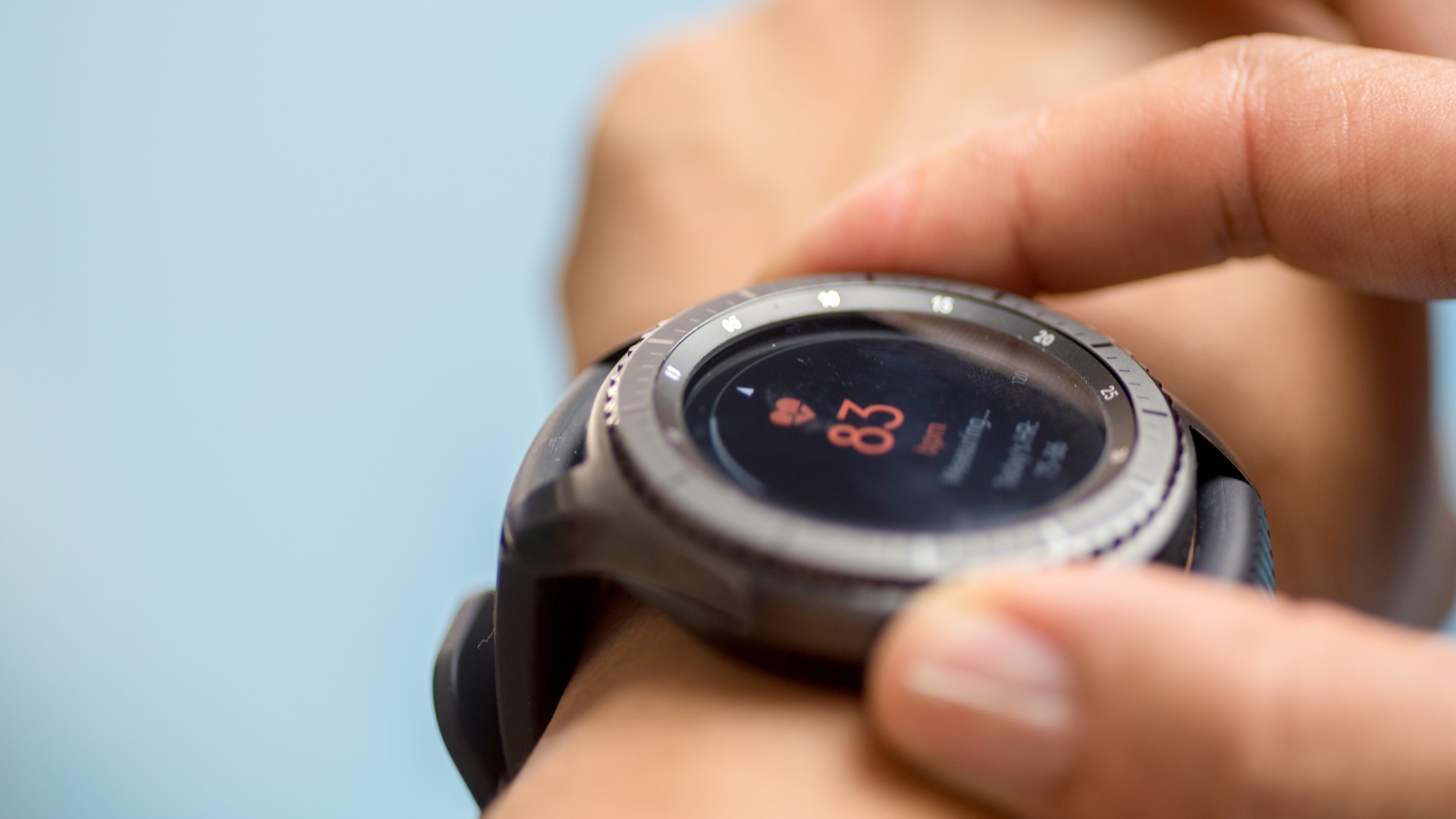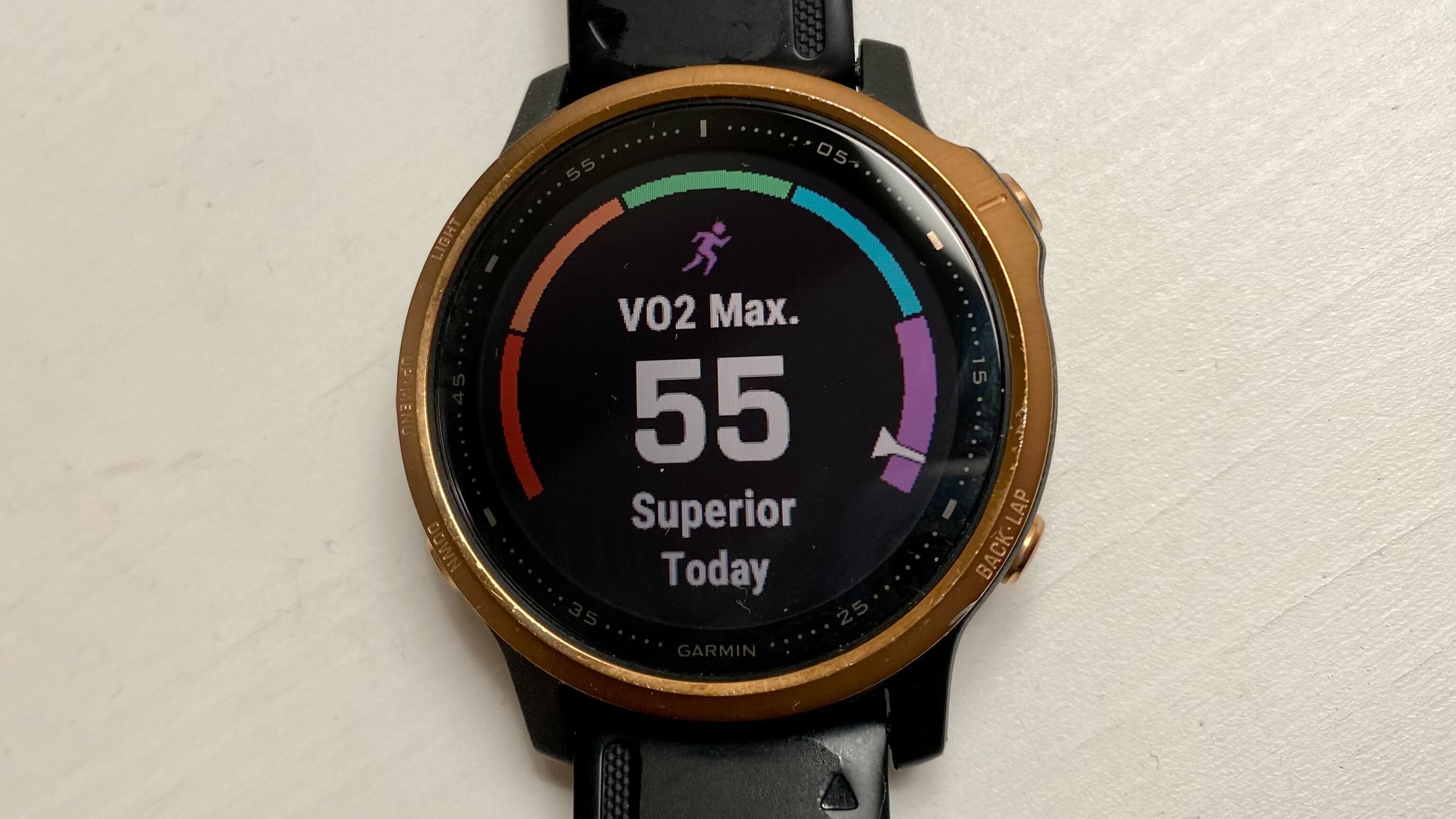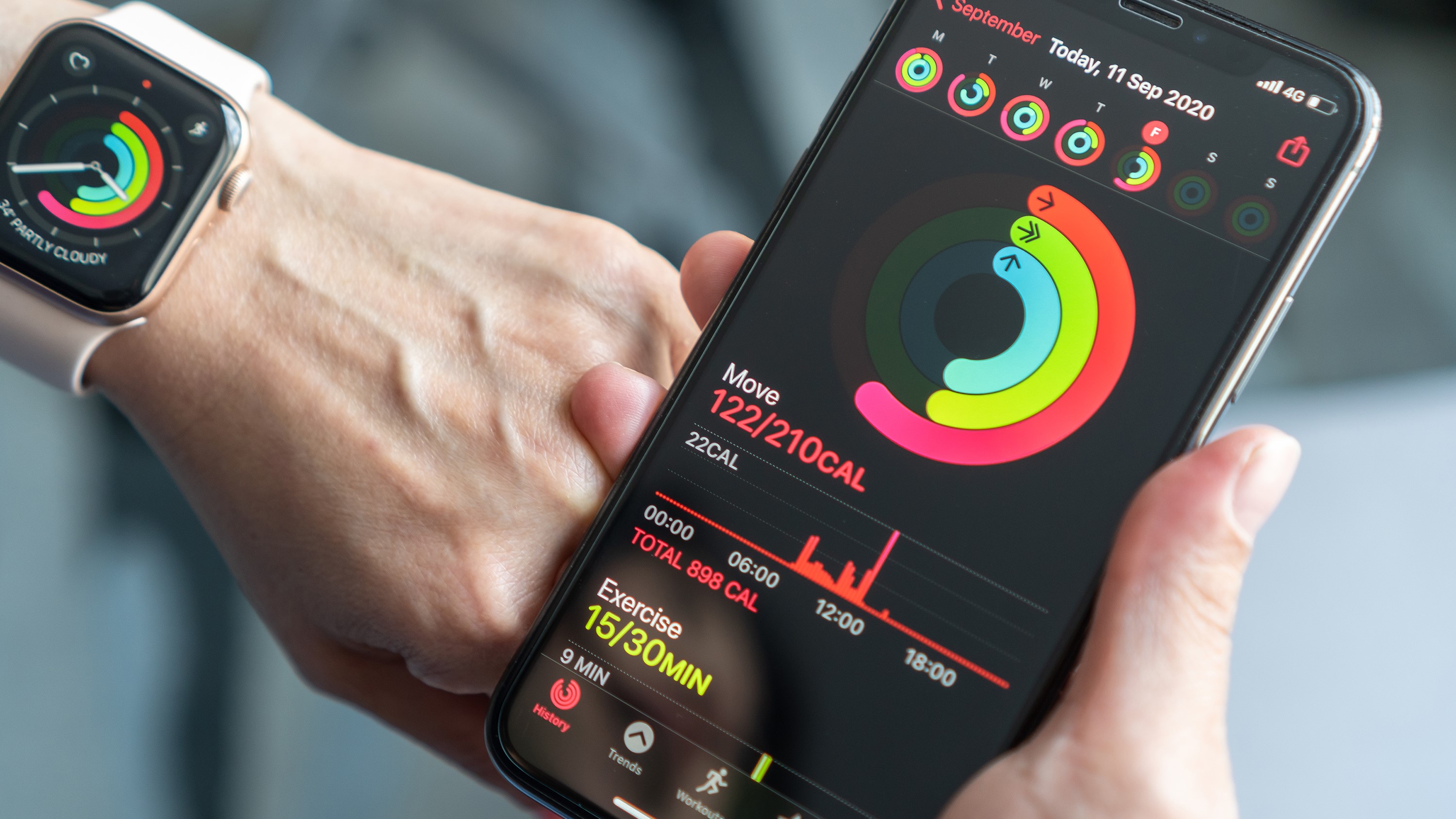Have a running watch? Here's the 5 metrics you should care about

As a runner, it’s taken me nearly ten years, and four marathons, to set up my watch correctly and learn what I actually need to see on the run. Let me give you an example. I’m 20 miles into my second marathon, training has gone well and up until now, I’ve been running strong. For some reason (probably the crowds, or the skyscrapers) the GPS on my watch tells me my current pace is a minute slower than my actual pace.
Mentally, I give up. I start walking. I have a cry. I call my dad, and I cross the finish line ten minutes later than I’d hoped. A lot of things went wrong, but ultimately, in that second, if I’d looked at my average pace, not my current one, the race might have gone differently.
Before you send that new running watch back, please also know that this nifty little gadget you just unboxed also has the power to revolutionize your training. You’ll be able to track your runs better, on certain watches you’ll be able to download training plans or set up more technical workouts, and it might even allow you to leave your phone at home on your next run. A good running watch can also help you better understand your health as a whole, through sleep tracking and recovery data.
But if the data on your wrist is overwhelming you, or you’re not sure what exactly you should be looking at on the run, here’s a quick guide. It can also help you decide which metrics you have on the screen as you run. (What's more, if you're reading this before upgrading, take a look at the best running watches to buy right now).
5 metrics runners should care about on their running watch:
Average pace
Your average pace gives you your average mile time for the entirety of your run, whereas your current pace gives you your pace for the mile you are in. While both are extremely useful, I’d say that if you’re trying to get out of obsessively checking your watch, average pace is the more important metric to check when you’re on the run. Remember that your running watch’s GPS can be affected by skyscrapers, tunnels, or just a bad signal, so your current pace might fluctuate pretty drastically.
On my watch, I opt to see average pace on the main screen, but also have a split screen that shows current pace and average pace for speed sessions.
Get instant access to breaking news, the hottest reviews, great deals and helpful tips.
Distance
An obvious one, but it’s probably a metric you’re going to want to see when you glance down at your wrist. You’ll also probably want to see your time, too, especially if you’re training to time rather than distance.

Heart rate
Most running watches that have the ability to track heart rate will display ‘heart rate zones’ during a run. When you first set up your watch, most will use default settings to determine your heart rate zones, which might change slightly as you get fitter. On some Garmin running watches, you can set different heart rate zones for different sports profiles, you can also adjust your heart rate zones manually.
Your heart rate zones are usually calculated from your max heart rate (MHR), which is the maximum amount of times your heart will beat in a minute. Your max heart rate is unique to you and normally determined by your age and genetics, not how fit you are. For example, your recovery heart rate zone will be around 50-60% of your MHR, your light or endurance heart rate zone will be around 60-70% of your MHR, your aerobic zone will be 70-80% of your MHR, your anaerobic zone will be 80-90% of your MHR and your threshold zone will be 90-100% of your MHR.
But why are these important? While every runner is different, heading out and running in your threshold zone every single run probably isn’t a long-term training strategy you’ll want to stick to. More advanced runners, for example, will aim to spend a large amount of their easy training miles in the light or endurance heart rate zone, in order to fully recover and build aerobic fitness. On the other hand, if you’re not pushing yourself hard enough in your speed sessions, you’re also likely to plateau in your training. Learning more about your heart rate can help you train smarter.
Cadence
In layman's terms, your cadence is the number of steps you take per minute. It’s not something you’ll need to see on your watch while you’re running, but it’s a useful training tool to look at once you’ve uploaded your run to your preferred app, as it tells you a lot about your running form.
For most runners, your cadence is likely to sit between 150 and 200 steps per minute, but studies have found that running at a cadence of over 170 steps per minute is best for running efficiently.
That said, a lower cadence isn’t a bad thing, it just isn’t conducive to running faster, so if that’s your goal, it’s time to work on your stride length, usually by incorporating speed work into your plan. Another easy way to work on your cadence is to download a 170 BPM soundtrack from your favorite music streaming app and listen to that as you run — you should find it easier to fall into step to the music.

VO2 Max
Another one that sounds pretty scary, or like a flashback to your science lessons at high school — your VO2 maximum is the volume of oxygen in millimeters you can utilize per minute, per kilogram of body weight when training in your maximum threshold. Makes sense, right?
If you’re even more confused, just know that the number refers to how much oxygen your body is able to take on when you’re running. You ideally want that number to get higher as you get fitter, as the higher your VO2 max is, the better your body is at getting oxygen to your muscles as you move, helping you go faster, or further. It’s also an indicator of how efficiently you’re running.
When you set up your new running watch, it’ll usually ask you to run for 10 minutes to determine your VO2 max, using your pace and heart rate. The most accurate way to work out your VO2 max is to go to a lab, but that’s probably a little extreme, and unless you’re an athlete, your watch should give you a good enough idea. Unlike your max heart rate, this is something you can work on, and it should get higher as you get fitter.
Recovery data
Another metric found on most running watches nowadays will be focused around recovery — on the Garmin Forerunner series, this is referred to as ‘Recovery Time’, Polar running watches have ‘Training Load’. After the holidays, or when we buy a new gadget with a race in mind, it’s all too easy to increase our training by too much, too soon. This often results in injury, or time out, neither of which is something you’re likely to want.
Running watches are smart recovery tools these days, and will often give you a suggested recovery time based on how hard you’ve worked in the session. This is often shortened if you get a good night’s sleep, or reduce the load on your body over a few days.
Whatever running watch you’ve just unboxed, learning more about the recovery tools available is a sure-fire way to look after your body and avoid overtraining injuries.

The things you should forget about:
Calories burned
Unless you’re concerned about your weight and are attempting to burn more calories than you consume to shed some pounds, endlessly checking your calories burned throughout the day probably isn’t good for you. As someone with a history of eating disorders, it’s always something I hide from the home screen of my running watch, as I find that it encourages obsessive habits. There is also research that suggests that on some running watches, the predicted calories burned aren’t all that accurate (after all, the number is engineered by an algorithm on a machine, and humans aren’t machines) so it’s definitely not something to get too hung up about.
Steps taken
To be clear, I’m not slating anyone who does count their steps, as I know it can encourage people to get up and walk around the office between meetings, or take the stairs not the lift, and that’s great. That said, it’s not a metric I’d worry about too much, as recent research has found little scientific evidence behind the reasoning that, for example, 10,000 steps per day is a goal to shoot for.
It’s also worth noting that your running watch is likely to measure steps taken by electromagnetic sensors that pick up motion. The watch will then use an algorithm to convert said motion into steps. The algorithm used will often only detect steps if they are considered to be a ‘normal’ pace, or a ‘normal’ cadence, which means your watch often won’t pick up steps if you are, for example, pushing a stroller. Again, it’s not worth completely disregarding, but it’s probably not a metric worth getting too hung up over.
Looking to get fitter? We've hand-picked some of the best gear on the market, including the best running shoes, the best trail running shoes, and the best carbon fiber running shoes to wear on race day.
If you're not a runner, we've also hand-picked the best adjustable dumbbells and the best exercise bikes for working out at home.
Next: I don’t want a new running watch, I want the streets to be safe for female runners, writes our Fitness Editor.

Jane McGuire is Tom's Guide's Fitness editor, which means she looks after everything fitness related - from running gear to yoga mats. An avid runner, Jane has tested and reviewed fitness products for the past five years, so knows what to look for when finding a good running watch or a pair of shorts with pockets big enough for your smartphone. When she's not pounding the pavements, you'll find Jane striding round the Surrey Hills, taking far too many photos of her puppy.
